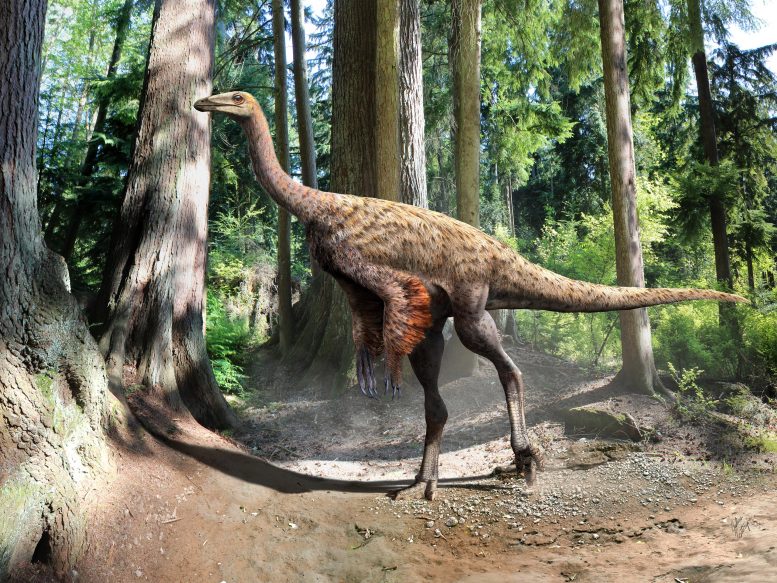
This is an illustration of Ornithomimus based on the findings of preserved tail feathers and soft tissue. Researchers have discovered new ornithomimosaur fossils in Mississippi, shedding light on the poorly understood dinosaur ecosystems of Late Cretaceous eastern North America and revealing trends of giant body sizes and multiple species cohabiting across North America and Asia. Credit: Julius Csotonyi
Findings also enhance understanding of dinosaur ecosystems in eastern North America.
A scientific study reveals the discovery of new ornithomimosaur fossils from the Late Cretaceous Eutaw Formation of Mississippi. These ostrich-like dinosaurs, known as “bird-mimic” dinosaurs, lived in the ancient eastern North America landmass of Appalachia. The researchers identified two different species, one small and one very large, with the larger species weighing over 800kg. The findings provide important insights into the poorly understood dinosaur ecosystems of Late Cretaceous eastern North America, as well as ornithomimosaur evolution, including recurring trends of giant body sizes and multiple species cohabiting across North America and Asia.
Ostrich-like dinosaurs called ornithomimosaurs grew to enormous sizes in ancient eastern North America, according to a study published in the open-access journal PLOS ONE by Chinzorig Tsogtbaatar of the North Carolina Museum of Natural Sciences and colleagues.
During the Late Cretaceous Period, North America was split by a seaway into two landmasses: Laramidia to the west and Appalachia to the east. But fossils from Appalachia are rare, and therefore ancient ecosystems from this region are poorly understood. In this study, Chinzorig and colleagues describe new fossils of ornithomimosaur dinosaurs from the Late Cretaceous Eutaw Formation of Mississippi.
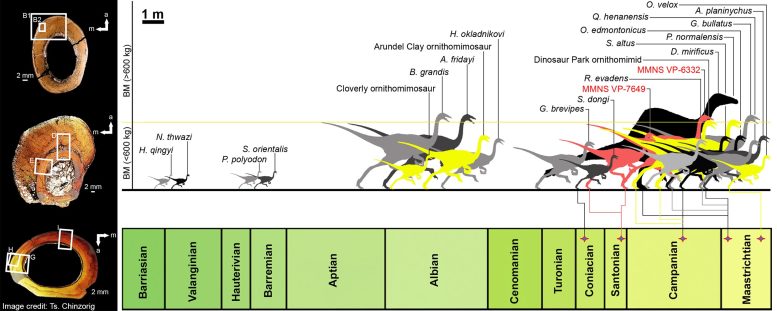
Paleohistological transverse sections of select elements of (A) large- and (B) medium-bodied individuals of the Eutaw ornithomimosaurs, and (C) relative body-size of the Eutaw ornithomimosaurs within known ornithomimosaur taxa through a geological time. Credit: Tsogtbaatar et al., CC-BY 4.0
Ornithomimosaurs, the so-called “bird-mimic” dinosaurs, were superficially ostrich-shaped with small heads, long arms, and strong legs. The new fossils, including foot bones, are around 85 million years old, making them a rare glimpse into a poorly known interval of North American dinosaur evolution
By comparing the proportions of these fossils and the patterns of growth within the bones, the authors determined that the fossils likely represent two different species of ornithomimosaurs, one relatively small and one very large. They estimate the larger species to have weighed over 800kg (1760 pounds), and the individual examined was likely still growing when it died. This makes it among the largest ornithomimosaurs known.
These fossils provide valuable insights into the otherwise poorly understood dinosaur ecosystems of Late Cretaceous eastern North America. They also shed light on ornithomimosaur evolution; giant body sizes and multiple species living side-by-side are recurring trends for these dinosaurs across North America and Asia. Further study will hopefully elucidate the reasons behind the success of these life strategies.
The authors add: “The co-existence of medium- and large-bodied ornithomimosaur taxa during the Late Cretaceous Santonian of North America does not only provide key information on the diversity and distribution of North American ornithomimosaurs from the Appalachian landmass, but it also suggests broader evidence of multiple cohabiting species of ornithomimosaurian dinosaurs in Late Cretaceous ecosystems of Laurasia.”
Reference: “Large-bodied ornithomimosaurs inhabited Appalachia during the Late Cretaceous of North America” by Chinzorig Tsogtbaatar, Thomas Cullen, George Phillips, Richard Rolke and Lindsay E. Zanno, 19 October 2022, PLOS ONE.
DOI: 10.1371/journal.pone.0266648

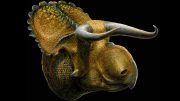
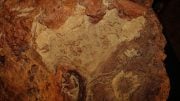
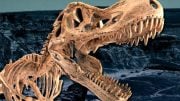
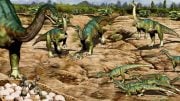
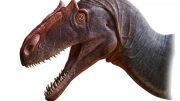

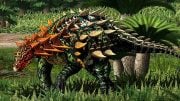
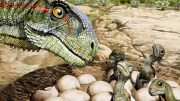
Be the first to comment on "Mississippi’s Ostrich-Like Dinosaurs Among the World’s Largest, Tipping the Scales at Over 1,700 Pounds"